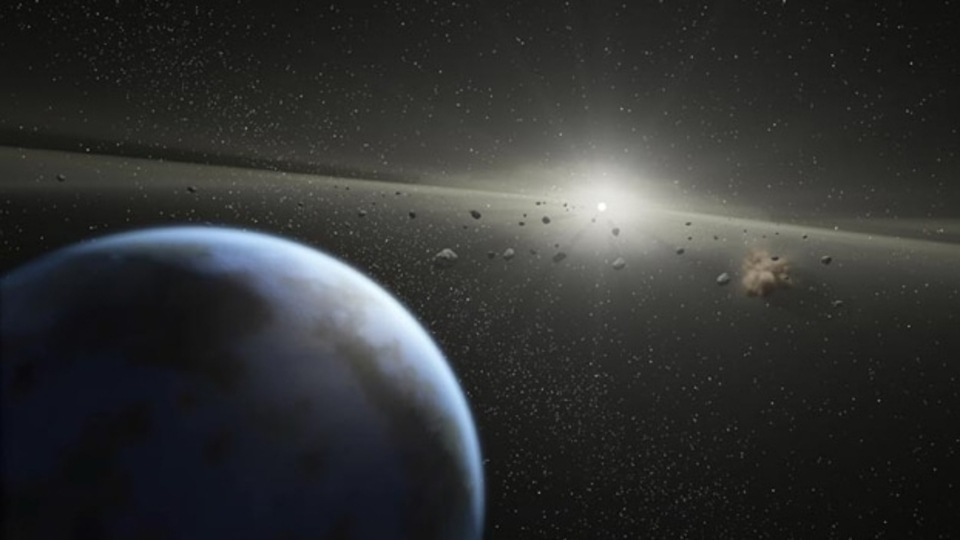Unraveling Cosmic Secrets: Astrophysicist finds spherules of inter-stellar meteorite
The significance of this discovery lies not only in its potential to reshape our understanding of space debris but also in the trail of clues left behind by the meteorite's journey.

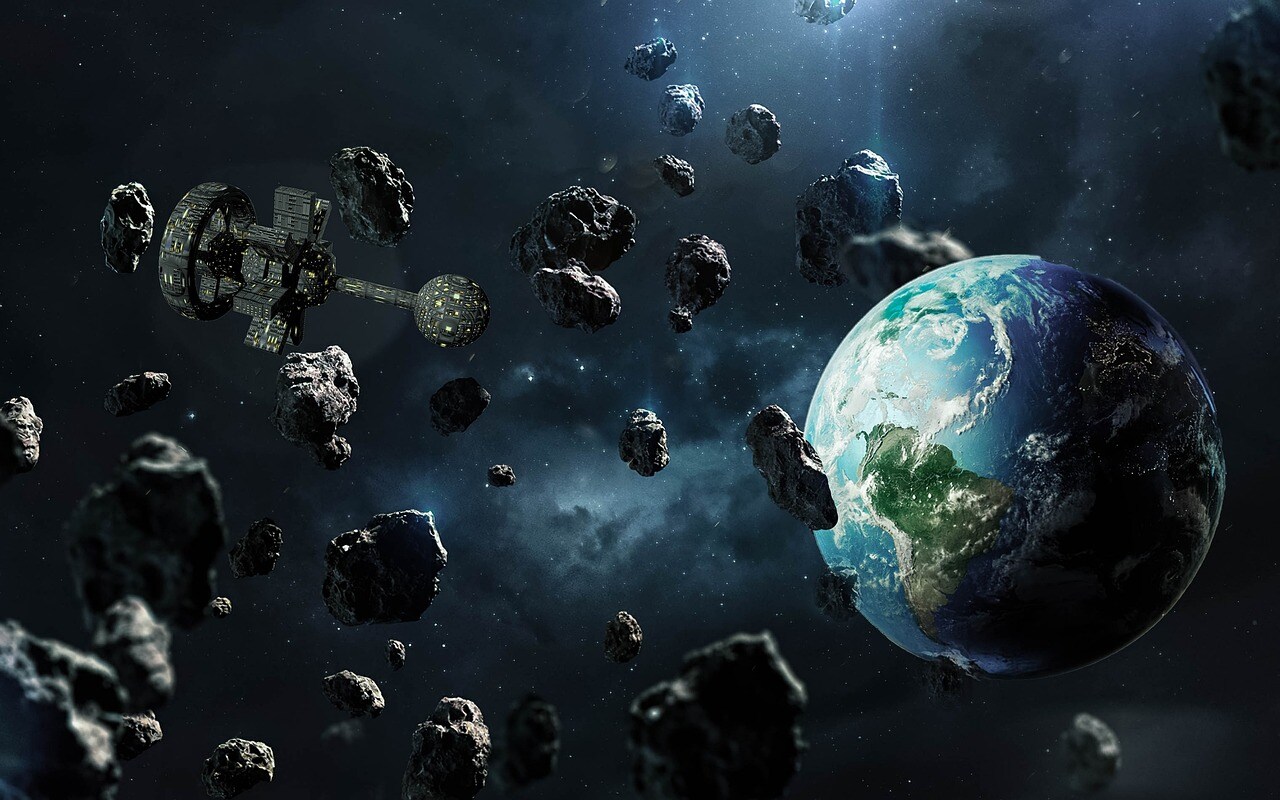

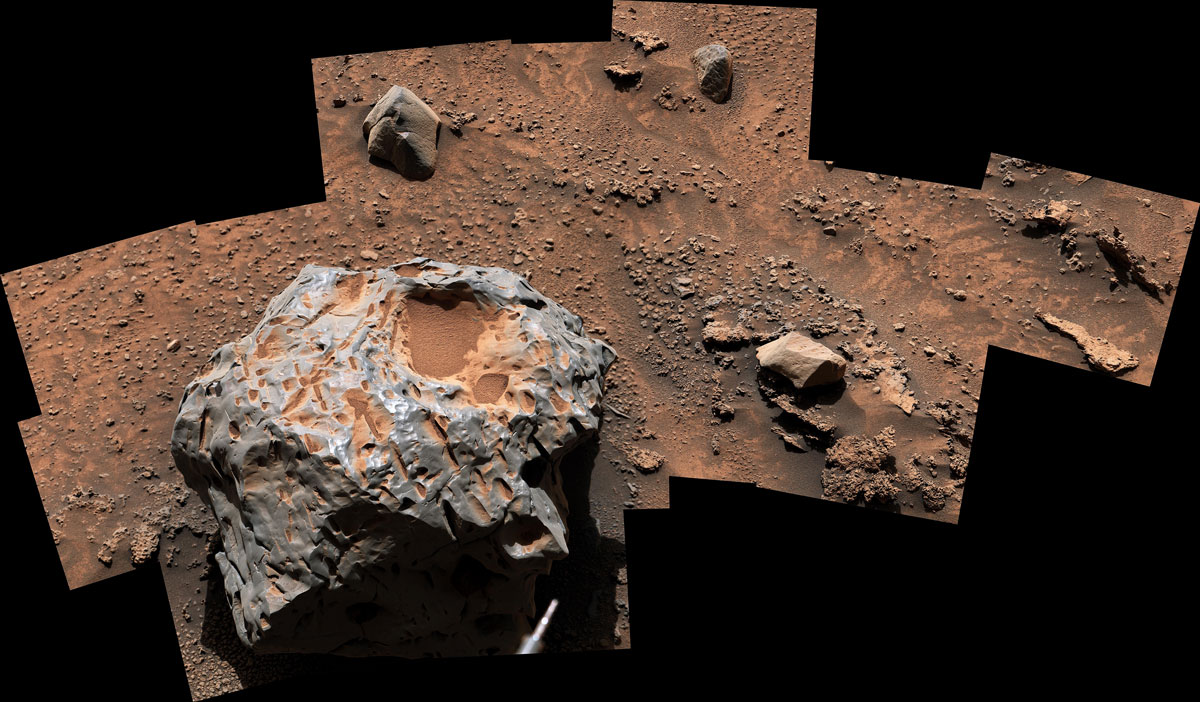

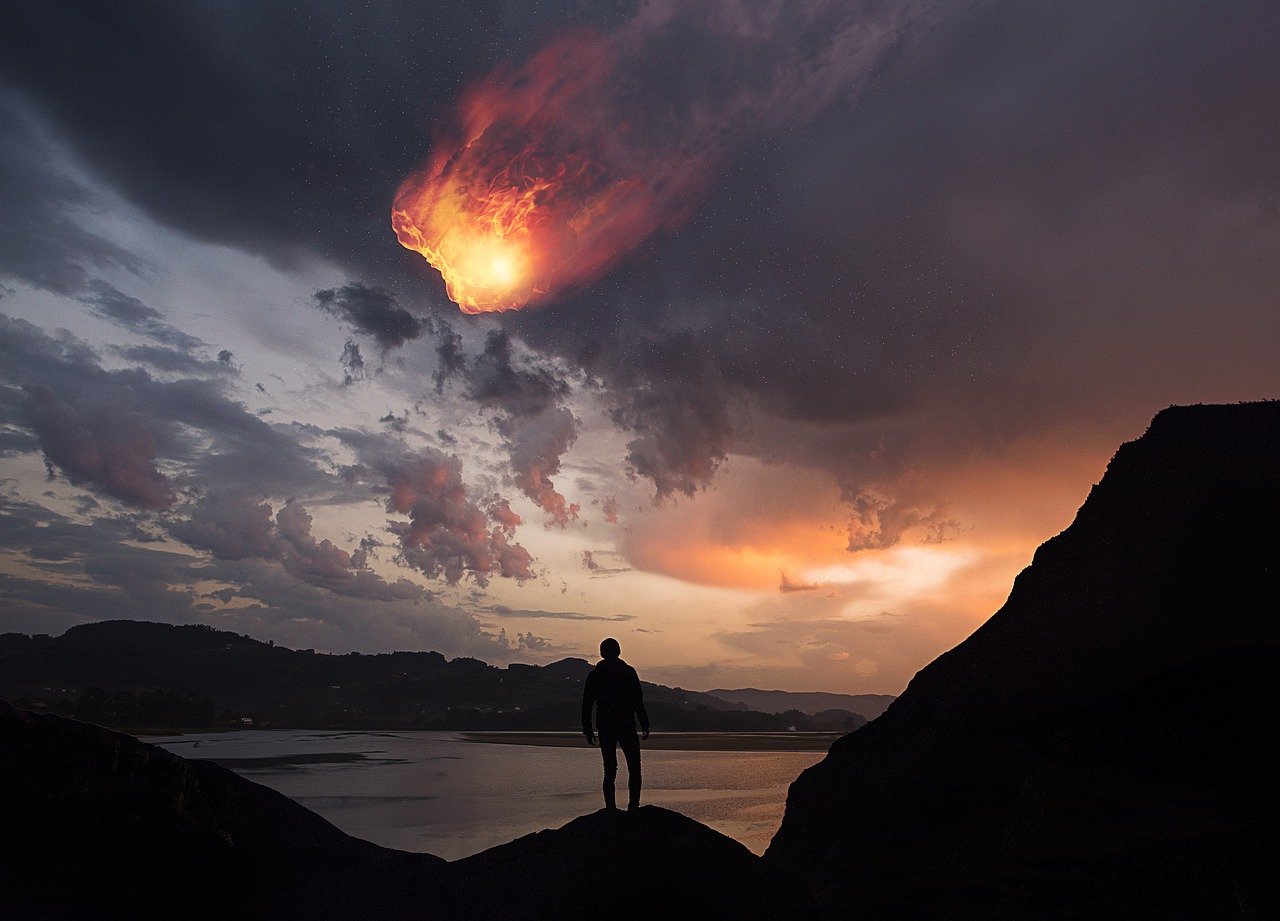
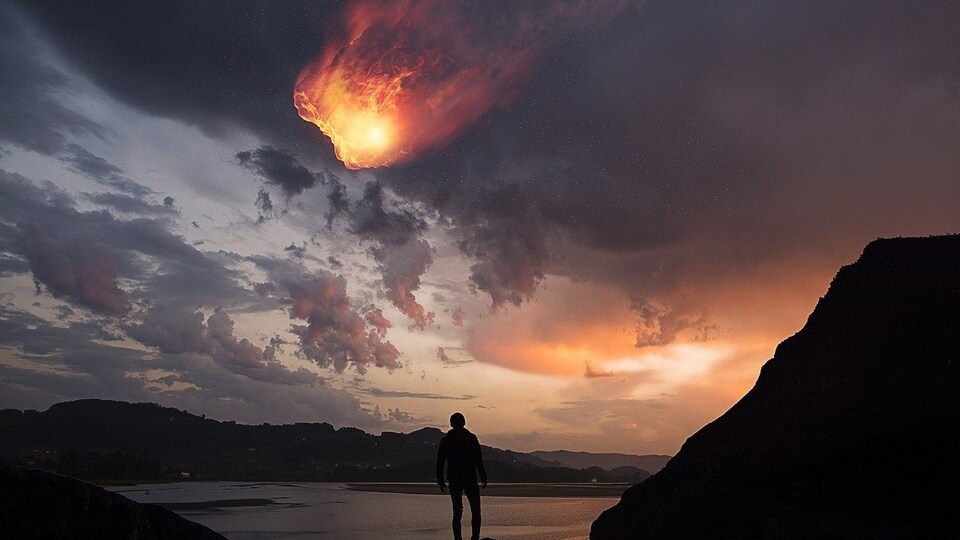
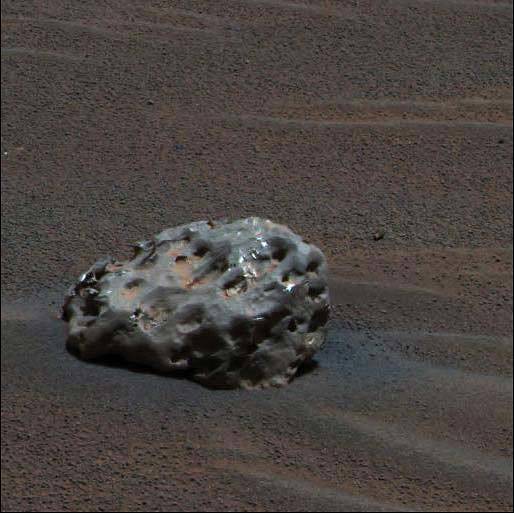
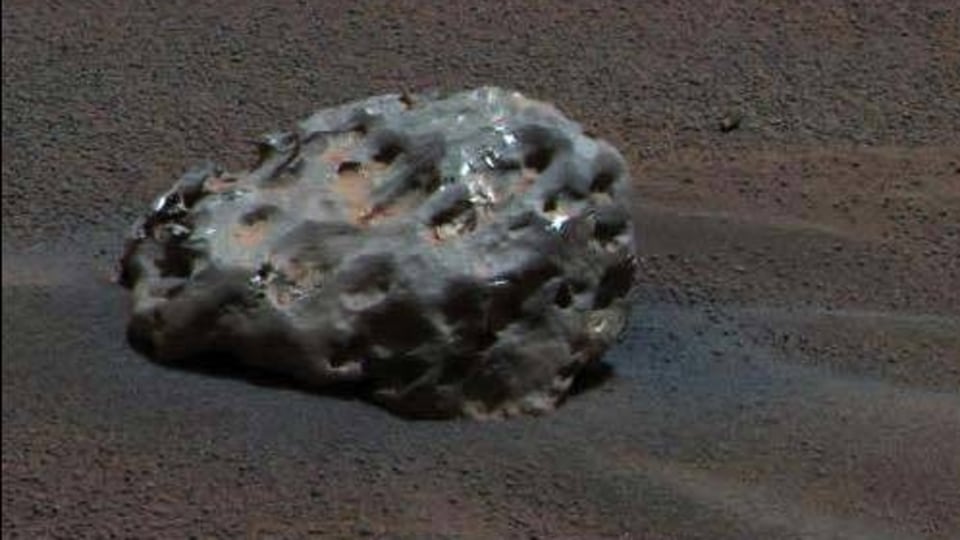
First Published Date: 19 Aug, 10:42 IST
NEXT ARTICLE BEGINS




